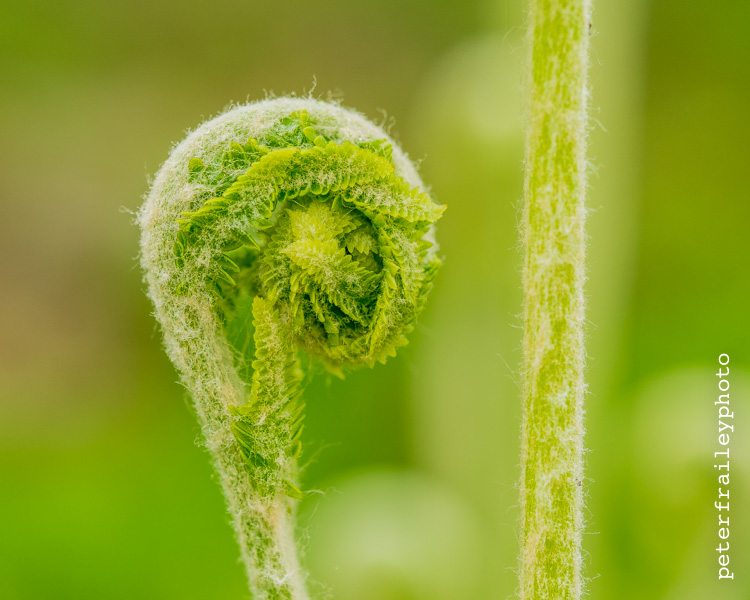For most photographers these days our photos easily find their way to our websites, blogs, online portfolios, or are emailed to family and friends as .jpeg attachments. All of these are digital images. It is for this reason that I do not own a good printer.
Rarely do we -I'm generalizing- make prints. Personally, I desire prints infrequently enough that I find it easier to just upload files to an online vendor. It may actually be cheaper this way, as I hear about photographers buying new (and better?) printers before the old ones have died. That buying strategy is not cheap, as the half-used printer is basically given away, at a "pennies on the dollar" price. I also hear about dried up ink cartridges. They are not cheap either.
I'm afraid too that if I even slightly open the door to doing my own printing, I'd really get into it and would soon find myself buying all kinds of fancy papers and spending way more money and time than I ever expected.
I think printing is actually a hobby all by itself. Plus I have nowhere to set it all up!
All that being said, there is nothing so satisfying as a nice big print, and I do have some. For the past 10 years I have been using mpix in Kansas City, when I want printing done. If I upload a digital file on, say, Monday it will be printed, mailed and received by me on Thursday, or perhaps Friday. That's not a 24-hour turnaround, but having the process take a few days is fast enough for me.
You can check out their prices online at mpix.com. They are on the high side I believe (at least compared with my second choice, adoramapix.com), but the results from mpix are very high quality and their support is excellent. Two years ago I had several 20" x 30" prints get slightly bent in the mail (the only time in 10 years that happened and I can't remember whether it was their fault or that of the U.S. Mail), I contacted Mpix and they overnight mailed replacements to me at their cost.
Also, it is worth noting that several times a year I receive emails with discount codes for 50% off on large prints, usually defined as a print equal to or bigger than 11' x 14". I have framed and matted a small number of prints measuring 20" x 30", and quite a few measuring 16" or 18" x 24". The largest size available is 24" x 36". Prints of that size are mailed in a tube. Prints smaller than that are mailed is a sturdy flat box.
I have always been happy with the quality of the prints from mpix.
Recently I framed two large prints for an office conference room project. I asked that 18" by 24" images be printed on their 20" x 24" paper, as the images had a 4:3 aspect ratio, which is the native aspect ratio of the Olympus E-M1 camera that was used for both images.
Because they were to be wall mounted side-by-side, I chose two strong subjects that I thought complemented each other: Lower Falls of the Grand Canyon of the Yellowstone in Wyoming and Mount Rainier in Washington.
[The mats, frames, acrylic non-glare glazing, and foam backing were purchased from americanframe.com and were cut to the exact measurements I furnished through their online tools.]
A little more about each image:
Mount Rainier from Reflection Lake
Olympus E-M1 and 12-100mm F4 zoom @ 47mm (94mm equiv)
1/500sec, F5.6, ISO200, -1.7EV
Lower Falls of the Grand Canyon of the Yellowstone, Wyoming
Olympus E-M1 and Panasonic 14-140mm @ 14mm (28mm equiv)
1/640sec, F6.3, ISO200, -1.3EV












